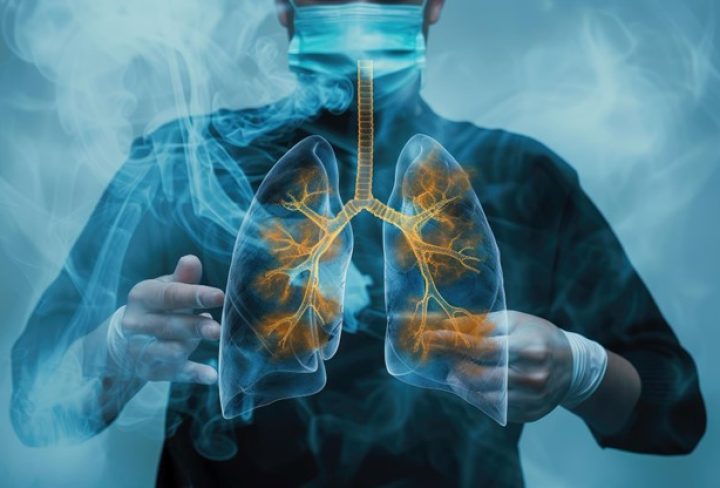Chronic Obstructive Pulmonary Disease, or COPD, is a progressive lung disease affecting millions globally. It makes breathing difficult, which can seriously impact daily life. Imagine feeling breathless just walking to your mailbox. This condition is particularly crucial in places with high pollution.
Knowing about COPD is important for people who live in high-risk areas. Many who live in smog-filled cities, for instance, are more likely to develop this lung disease. If people become aware of COPD symptoms, they can transform how they manage their health. It’s about learning to spot the signs early and taking the right steps. This knowledge can change many lives, helping individuals breathe easier and live better.
Recognizing the importance of COPD management can help reduce its impact. Awareness can lead to early detection and effective care. With the right information, we can make a difference in the lives of those affected, offering hope and strategies.
Demystifying COPD: What Every Household Should Know
COPD undoubtedly affects how we breathe, and it’s crucial to understand its impact. This disease mainly affects the lungs and makes it difficult for oxygen to circulate. People might notice a persistent cough or feel short of breath while performing everyday activities. Living with COPD can feel overwhelming, especially in regions where smoke from cooking or pollution is common.
Factors like lifestyle and environment play significant roles. For instance, in nations like India, fuel used for cooking can worsen lung conditions. Two primary forms of COPD are emphysema and chronic bronchitis. They might sound similar but have differences. Emphysema involves damage to the air sacs, while chronic bronchitis means a long-term cough with excess mucus.
There’s a lot of misinformation about COPD. Some believe it’s just a smoker’s disease. While smoking is a significant cause, non-smokers can also get COPD due to other factors. Understanding the truth can promote early intervention and better outcomes.
COPD Causes & Symptoms: Recognizing the Warning Signs
Many factors can cause COPD. The most common is smoking, which is a primary culprit. Even exposure to secondhand smoke can contribute to this condition. Occupational hazards, such as dust or harmful chemicals, also increase risk.
In some cultures, especially where firewood is used for cooking, the smoke can damage lungs over time. This is why understanding how these environments impact health is vital. Recognizing the COPD symptoms checklist helps in identifying problems early. Common signs include:
- Shortness of breath, especially during physical activities
- Constant cough producing mucus
- Frequent respiratory infections
The earlier these are noticed, the sooner someone can seek help. Understanding this checklist and acting promptly can prevent the advancement of COPD.
Managing COPD: Strategies for a Healthier Lifestyle
For those with COPD, lifestyle changes can make a big difference. COPD management guidelines often start with quitting smoking. Smoking accelerates lung damage. Thus, stopping it halts further damage.
Reducing exposure to pollutants is another critical step. Breathing exercises for COPD can help make breathing easier. Simple practices like pursed-lip breathing improve airflow.
Adopting healthier habits involves a combination of actions:
- Enjoy a balanced diet rich in fruits and vegetables
- Regular exercise to enhance lung capacity
- Incorporate breathing techniques into the daily routine
Early intervention is crucial. Consulting a doctor when symptoms appear can ensure timely treatment. Living with COPD doesn’t have to mean losing quality of life. By following the COPD management guidelines, one can maintain an active, fulfilling life.
In summary, the impact of smoking on COPD is undeniable. However, with awareness and action, many can lead better lives with this condition. Acknowledging and understanding the challenges of COPD in elderly patients can further enhance care and outcomes.

